
|
The new Olympus E-400 First Impressions and Image Samples |

|
My other articles related to the |
|
|
This is a translation of the hands-on Olympus E-400 preview by Łukasz Kacperczyk, originally published on the major Polish photography portal Fotopolis.pl. All rights remain with the original publisher and author, who kindly agreed for the translation to be posted here. |
|
A few days ago, courtesy of Olympus Poland, we had an opportunity of getting acquainted with the newest Olympus SLR — the E-400. We've been provided with an almost-production camera for just a few hours, but we were able to shoot some photos, shown here. |
|
|
|
The Polish division of Olympus gave us a permission to publish them, with a disclaimer that this is still a pre-production camera; we will have to wait with the final evaluation until a full test, which we will perform as soon as first production-run E-400's arrive. We are assuming, however, that things may only improve in the final version, and they are, indeed, not bad right now. |
|
First impressions We may say that there was no revolution regarding image quality: the E-400 will not become an overnight champion of low noise at high ISO settings. Still, Olympus has proven to non-believers that you can get respectable results up to ISO 800 with a sensor which, according to some, is too small to allow for resolutions much higher than in the five-megapixel E-1. Remember, the E-400 uses a 10 MP CCD. At low ISO settings the image quality is very high. The standard lens bundled with the camera performs surprisingly well — but this is not the first time the Zuiko Digital optics surprises us this way. |
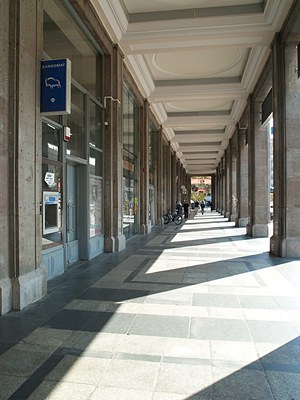
|
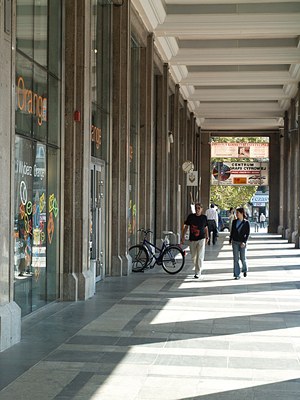
| |
| The 14-42 mm F/3.5-5.6 kit lens, to be sold with the E-400, provides a very useful equivalent focal length range of 28 mm (left) to 84 mm (right). | ||
|
Initially we had some doubts about the E-400 ergonomics. It turns out, however, that the small size (and impressively so!) of the camera is not a hindrance; it just requires some adjustment in the way you are using it. The camera will feel wrong in your hands if you are trying to handle it the same way as an SLR with a sizeable grip. In size and styling, the E-400 is a reminder of the legendary OM SLR line. The right-hand grip is rather symbolic only, although it is covered with a rubbery surface providing good traction. Therefore the camera should be handled the same way as a "classic", manual film SLR. The main difference is that the E-400 tips the scales at just 380 g and you can hold it, literally, with two fingers. Walking arount the town for a few hours with the E-400 and both new kit lenses turned out to be a breeze. From this angle the camera really impresses, perfectly fitting the role of a full-time companion to a photo enthusiast. In our initial report from the E-400 release we were not impressed with the feel and finish of the body. We are happy to report, however, that the (almost) production-run camera is much better in this respect than the version shown to the press in Hamburg. Only the mode dial seems a bit cheap; the rest of the camera feels very solid, especially for this price range. While the camera we used is still not a final, production version, we can already say that it is very responsive. The shutter release reacts almost instantenously — so fast that you should think twice before using the serial drive mode (you can shoot a number of frames accidentally, but this is a matter of getting the right habit). Image review on the monitor is quite fast (especially enlarging the view and then navigating around it), but not the fastest available, especially when moving from one full-frame view to another. In spite of small size, the E-400 is well-dampened; the mirror and shutter sound is audible but quite pleasant. The viewfinder is small but bright and contrasty; in real life it looks better than its specifications would suggest, and a good eye relief allows for comfortable framing without having to press your eye against the eyepiece. It is difficult not to mention an excellent on-screen navigation system, used by Olympus in the recent models. The user will soon forget that many of the parameters can also be accessed from a traditional menu. We also liked the option to adjust the ISO using a 1/3 EV step, which we used a lot in the samples. Most of the sample shots were taken with use of automatic white balance, and the camera was handling this quite well, except for situations where most of the frame was in open shade, but some of it in direct sunlight. This still may be corrected in the final tweaks to the firmware. |

|

| |
| Automatic white balance (left) did have some problems in open shade, especially when there was also some sunlight in the frame as well. Results were better with WB set manually to 7500K (right). | ||
|
Unfortunately, we could not spend enough time with the camera to learn it better. Our general first impressions, however, are very positive. A camera like this could have been used, along with the E-500, to launch the Olympus E-System. This might have brought better results (from the sales angle, at least) than starting the series from the professional E-1. The E-400 in pictures |
.jpg)
|
.jpg)
| |
.jpg)
|
.jpg)
| |
.jpg)
|
.jpg)
| |
.jpg)
|
.jpg)
| |
.jpg)
|
.jpg)
|
|
A reminder: while we secured a permission from Olympus to post these pictures, one has to keep in mind that they've been taken with a pre-production camera, so that the image quality may be somewhat different from that which will be delivered by the final product. This is why we are withholding our opinion until the production E-400 is available. Translator's note: I took the liberty to re-arrange the samples so that they are presented in a way customary to this site: a reduced and re-sharpened full image on the left, with a red frame showing the extent of the 1:1 pixel scale fragment, which itself is shown, otherwise unaltered, on the right. Links to full-frame original images (HQ, compression about 1:4) are also provided; be warned and have mercy on my bandwidth: each file is about 6 MB. One has to keep in mind that sample fragments show in full pixel size offer a much greater magnification than any print likely to be made from the captured image, and therefore they exaggerate any unsharpness due to the lens flaws, camera shake, or limited depth of field. This is especially true for cameras with large megapixel count, like the E-400. Do not try to compare these samples directly with those from, say, a 5-megapixel camera; this will be most misleading. Remember that if your screen has a typical 90 dpi pixel pitch, the sample height corresponds to just 30 mm in a large, 30×40 cm (12×16") print, which should be viewed from a 50 cm (20") distance or more. These are not critical samples, which wouldn't make much sense with a pre-production camera. They were shot without a tripod, in a rather casual way — just enough for a general idea how (at least) will the E-400 perform in real-life situations. All parameters not mentioned in captions were set to default values (except for sharpness which was moved a notch down); reduced full frames have the intact EXIF information if you would like to see details. Hello, Warsaw! Haven't seen you for a while! |
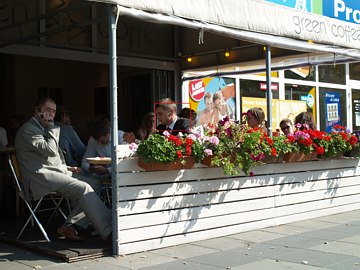
|

| |
| 14-42 mm ZD at 17 mm; program exposure: 1/60 s at F/10, ISO 100 (see full frame) | ||
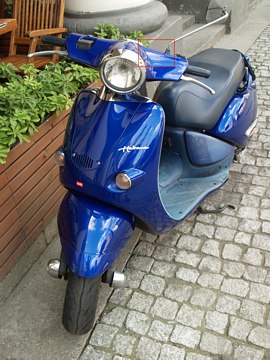
|
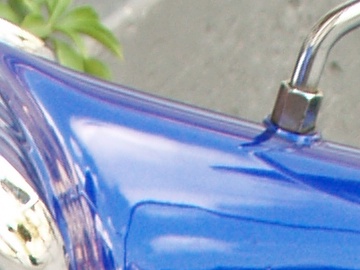
| |
| 14-42 mm ZD at 18 mm; program exposure: 1/40 s at F/6.3, ISO 160 | ||

|

| |
| 14-42 mm ZD at 20 mm; program exposure: 1/125 s at F/13, ISO 200 (see full frame) | ||
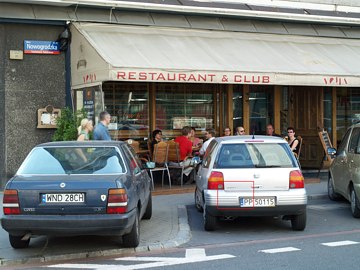
|
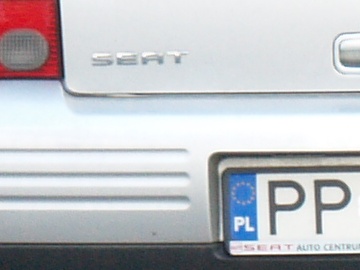
| |
| 14-42 mm ZD at 37 mm; program exposure: 1/50 s at F/9, ISO 250 | ||
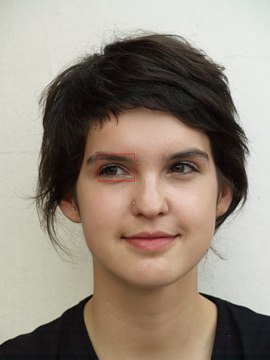
|
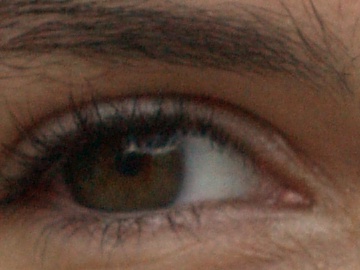
| |
| 40-150 mm ZD at 90 mm; aperture priority: 1/160 s at F/5.6, ISO 320 | ||

|
 | |
| 14-42 mm ZD at 14 mm; program exposure: 1/320 s at F/14, ISO 320 (see full frame) | ||

|

| |
| 14-42 mm ZD at 18 mm; program exposure: 1/25 s at F/4.5, ISO 800 (see full frame) | ||

|
My other articles related to the |
|
Evolt® and Olympus® are registered trademarks of Olympus Corporation.
This page is not sponsored or endorsed by Olympus (or anyone else) and presents solely the views of the authors. |
| Home: wrotniak.net | Search this site | Change font size |
| Posted 2006/09/18 |
Copyright © 2006 by Łukasz Kacperczyk Translation © 2006 by J. Andrzej Wrotniak |